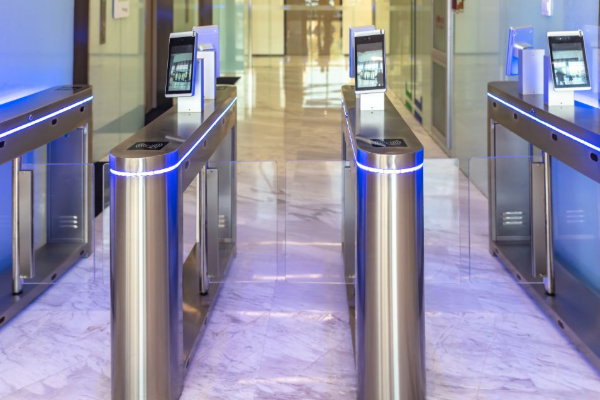The future of turnstile control access systems is expected to evolve with a strong emphasis on security, convenience, and seamless integration with modern technologies. Innovations such as Artificial Intelligence (AI), Machine Learning (ML), and the Internet of Things (IoT) will play a crucial role in enhancing the adaptability and efficiency of these systems.

Emerging Technologies and Trends
Integration of Biometric Authentication and AI
Turnstile systems will increasingly incorporate biometric technologies such as fingerprint scanning, facial recognition, and advanced AI-driven authentication methods. These enhancements will improve identity verification accuracy and help prevent unauthorized access. AI will also be instrumental in analyzing user data and optimizing security protocols in real-time.
Mobile Application Connectivity
Users will have the convenience of managing access through mobile applications, eliminating the need for physical access cards. This will enhance both security and user experience by allowing remote access management and real-time updates.
Cloud-Based Access Control
Cloud-based access control systems will enable remote monitoring and management, ensuring that administrators can oversee security from anywhere at any time. This will provide flexibility and scalability, particularly for large-scale facilities and multi-location organizations.
Integration with Other Security Systems
Future turnstile control systems will be designed to work seamlessly with Human Resource Management Systems (HRMS) and other security infrastructures. This interconnected approach will optimize security operations and improve workforce management efficiency.
Utilization of QR Code and Barcode Technology
QR codes and barcodes will continue to be integrated into turnstile access systems, providing a fast and efficient way for users to gain entry without requiring physical keycards or biometric scans.
Data Management and Analytics
Advanced data collection and analysis capabilities will enable organizations to track entry and exit logs, monitor foot traffic patterns, and generate reports for improved security and space management. AI-powered analytics will help optimize building access protocols and enhance overall safety measures.
Conclusion
Overall, the future of turnstile control access systems is centered on enhancing security, convenience, and efficiency. By leveraging modern technologies and integrating with other security frameworks, these systems will offer a more intelligent and seamless access control solution. As AI, IoT, and cloud computing continue to advance, turnstile systems will become more adaptive, responsive, and reliable, ensuring smarter and safer access management for various industries.
